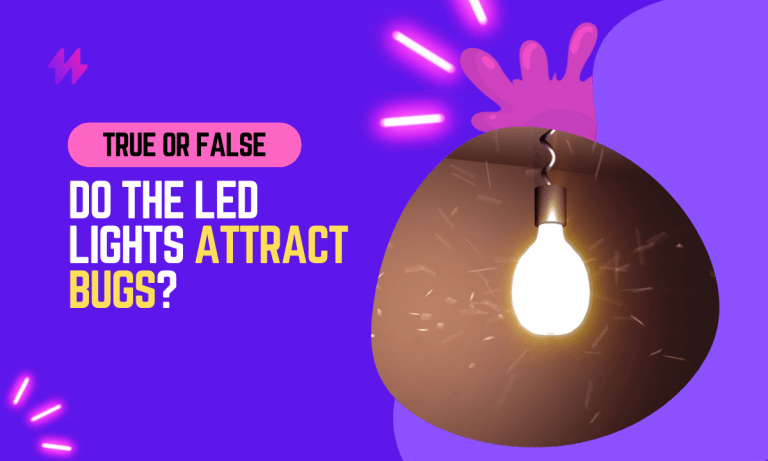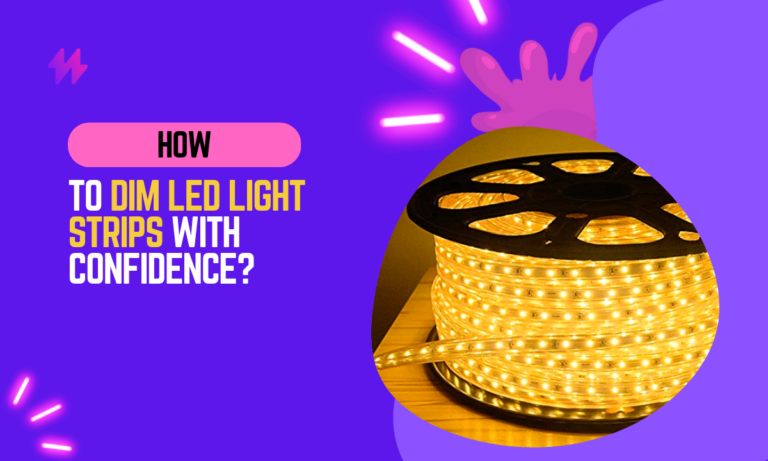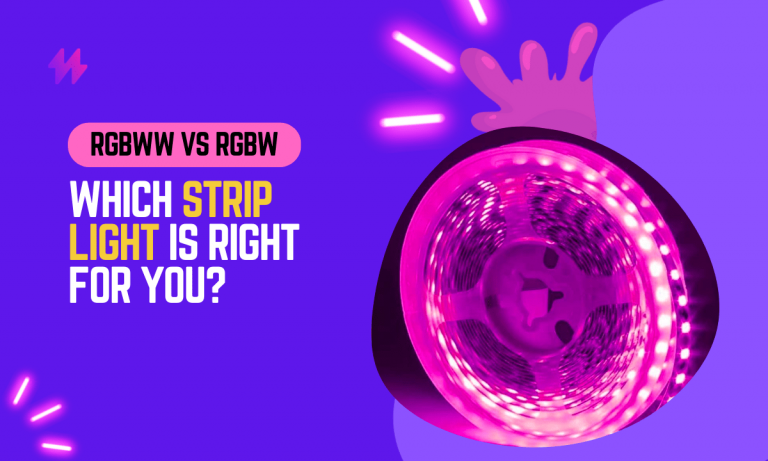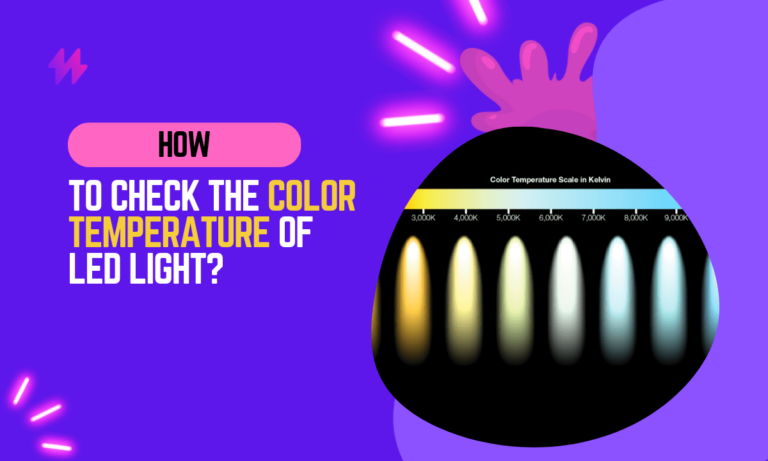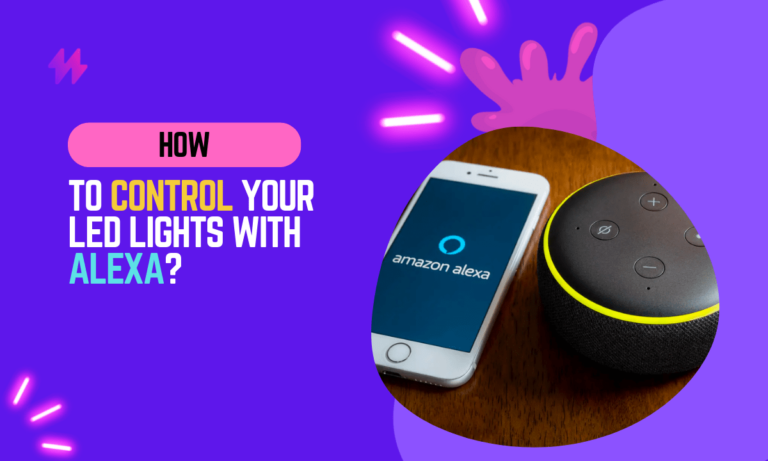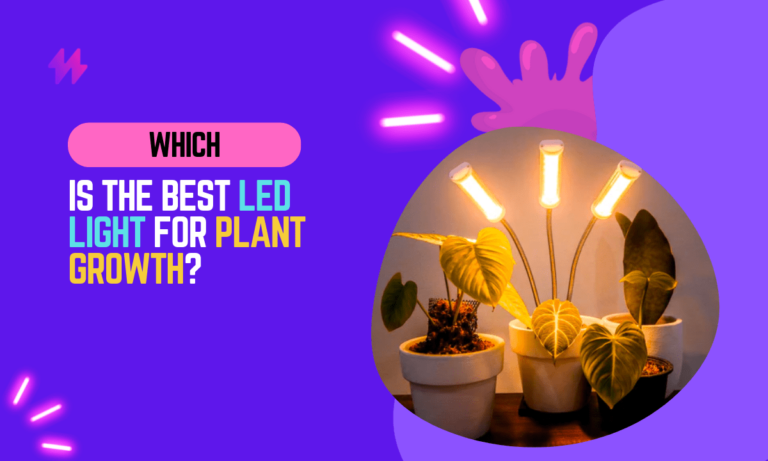5 Different Types of LED Lights: A Buyer’s Guide
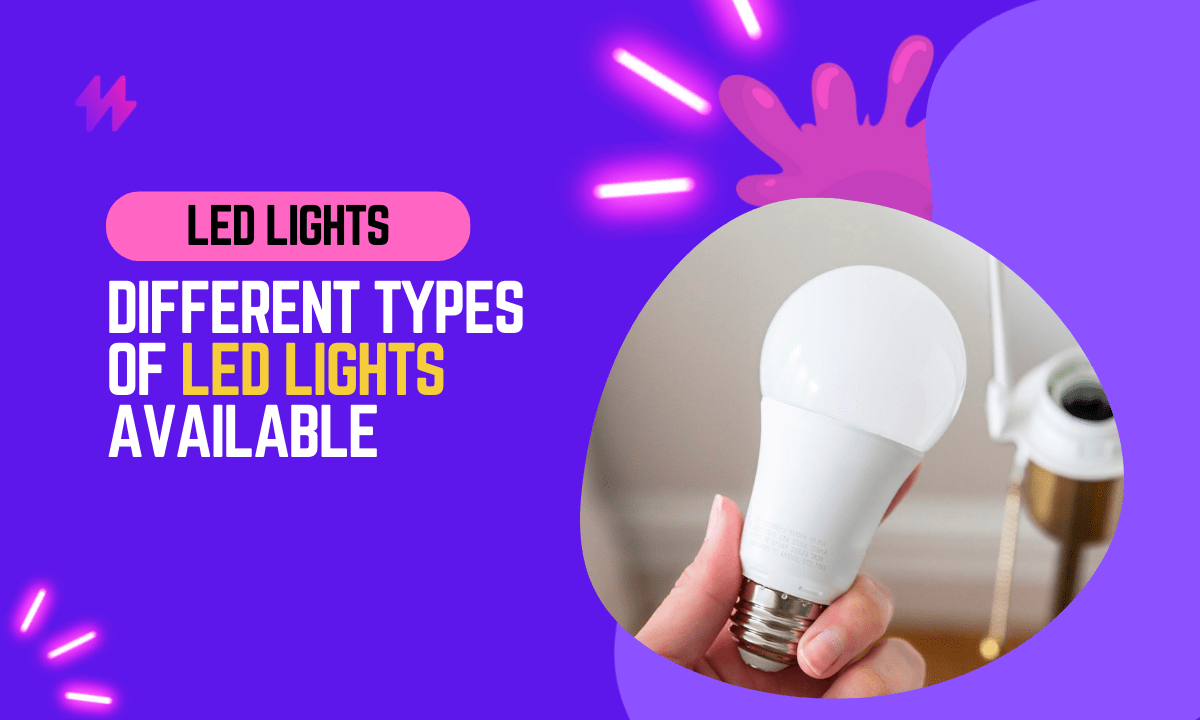
Have you ever been frustrated by an LED light that won’t turn on? Or maybe you’re just not sure what type of LED light is right for you. If so, then you’re in luck!
I’ve helped people choose the right LED light for their homes, businesses, and even their cars. I’ve also troubleshooted problems with LED lights, and I’ve helped people get their LED lights working again.
In this article, I’m going to share my knowledge and experience with you so that you can avoid the same problems that other people have had. I’ll also help you choose the right LED light for your needs, and I’ll show you how to troubleshoot problems with your LED lights. So if you’re ready to learn more about LED lights, then keep reading!
Different Types of LED Lights
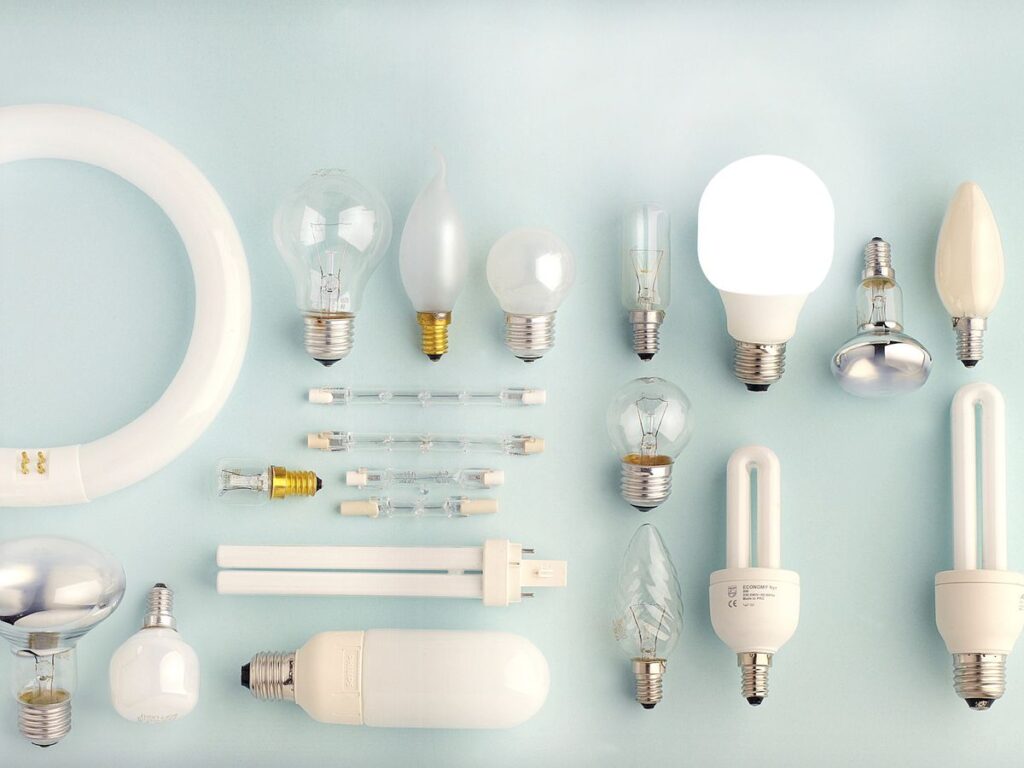
LED lights are a type of light-emitting diode that is used in a variety of applications, from lighting homes and businesses to illuminating signs and billboards. They are becoming increasingly popular due to their energy efficiency, long lifespan, and versatility.
There are many different types of LED lights available, each with its own unique set of features. Here is a brief overview of the most common types of LED lights:
- Incandescent: Incandescent LED lights are the most basic type of LED light. They produce light by heating a small filament, which emits light as it glows. Incandescent LED lights are relatively inexpensive, but they are also the least energy-efficient type of LED light.
- Halogen: Halogen LED lights are similar to incandescent LED lights, but they use halogen gas to improve the efficiency of the light output. Halogen LED lights are more energy-efficient than incandescent LED lights, but they are also more expensive.
- Fluorescent: Fluorescent LED lights use a fluorescent coating to convert the light from the LED into a more pleasing light spectrum. Fluorescent LED lights are more energy-efficient than incandescent LED lights, but they are also more expensive.
- Compact fluorescent: Compact fluorescent LED lights are a type of fluorescent LED light that is designed to fit into a standard incandescent light socket. Compact fluorescent LED lights are more energy-efficient than incandescent LED lights, but they are also more expensive.
- Light-emitting diode: Light-emitting diode LED lights are the most efficient type of LED light. They produce light by emitting light directly from the semiconductor material. Light-emitting diode LED lights are the most expensive type of LED light, but they are also the most energy-efficient.
You may also like: The Best Lights for Power Outages
How to Choose an LED Light Fixture?
In addition to the different types of LED lights, there are also a variety of different LED light fixtures available. LED light fixtures can be used for a variety of purposes, including general lighting, task lighting, and accent lighting.
When choosing an LED light fixture, it is important to consider the following factors:
- The type of light output desired
- The size of the light fixture
- The color temperature of the light
- The dimming capabilities of the light
- The energy efficiency of the light
By considering these factors, you can choose the best LED light fixture for your needs.
Benefits of Using LED Lights
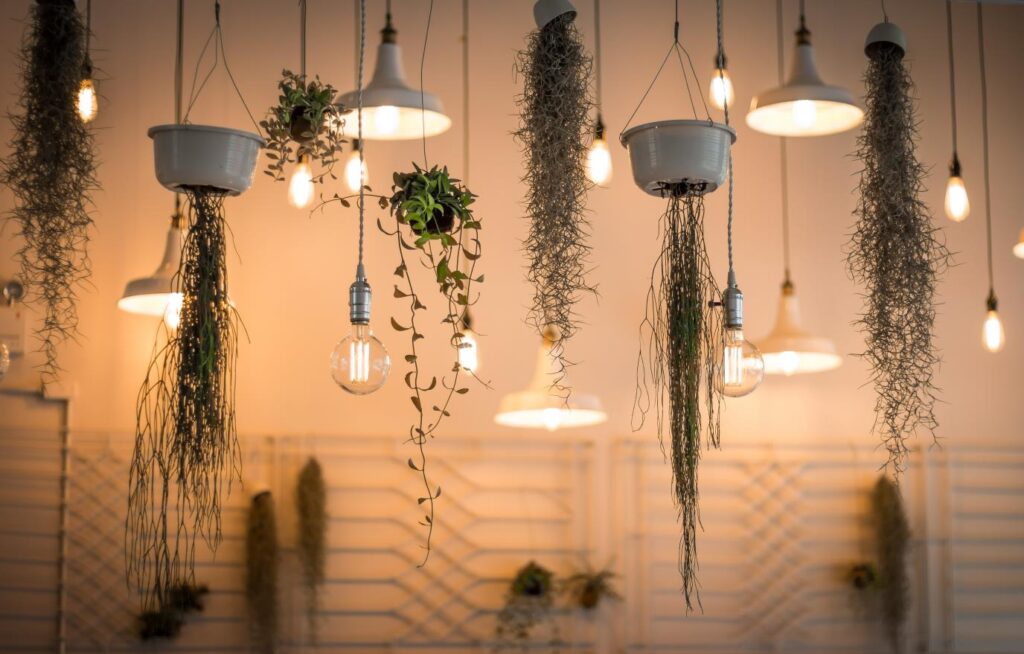
LED lights offer many benefits over traditional incandescent and fluorescent lights. These benefits include:
- Energy efficiency: LED lights are much more energy-efficient than traditional incandescent and fluorescent lights. This can save you money on your energy bills.
- Long lifespan: LED lights have a much longer lifespan than traditional incandescent and fluorescent lights. This means you will not have to replace them as often.
- Versatility: LED lights can be used for a variety of purposes, including general lighting, task lighting, and accent lighting.
- Durability: LED lights are very durable and can withstand harsh conditions. This makes them ideal for use in outdoor applications.
- Environmentally friendly: LED lights do not contain any harmful chemicals, making them an environmentally friendly option.
Also read: The Best Touch Lamps for Living Room
FAQs about Different Types of LED Lights
What are the drawbacks of LED lights?
There are a few drawbacks to LED lights, including Initial Cost, Different Color temperature, and Blue light.
How do I choose the right LED lights for my home?
When choosing LED lights for your home, there are a few factors you need to consider, including:
- The type of light fixture: The type of light fixture you have will determine the type of LED light you can use. For example, if you have a recessed light fixture, you will need to use a T5 LED tube.
- The desired light output: The desired light output will determine the wattage of the LED light you need. For example, if you need a bright light, you will need a higher-wattage LED light.
- The desired color temperature: The desired color temperature will determine the color of the LED light. For example, if you want a warm light, you will need a lower color temperature LED light.
- The desired lifespan: The desired lifespan will determine the type of LED light you need. For example, if you want a light that will last for a long time, you will need a high-quality LED light.
By considering these factors, you can choose the right LED lights for your home and enjoy the many benefits of LED lighting.
Also read: Can Plants Grow in LED Light?
Conclusion
In conclusion, navigating the various types of LED lights available in the market can be a daunting task for any buyer, but understanding the specific features and applications of each type can significantly simplify the decision-making process. From panel lights that provide broad, even illumination, ideal for office spaces, to strip lights that offer flexible installation options for creative under-cabinet lighting or ambient glow in living areas, each type of LED light has distinct advantages and suitable applications. Spotlights and downlights, often used for direct lighting, are perfect for accentuating artworks or architectural features, while tube lights can replace traditional fluorescent tubes for a more energy-efficient and longer-lasting solution in commercial or residential settings. By considering factors such as the intensity of light required, the desired energy efficiency, and the installation environment, buyers can select the most appropriate LED options to meet their lighting needs.
Moreover, as LED technology continues to evolve, the importance of selecting high-quality products that promise durability, better energy efficiency, and optimal light output cannot be overstated. Buyers should look for LEDs with good color rendering indexes (CRI) for more natural light output and consider dimmable options for greater control over lighting levels, which can enhance the ambiance of a space and also provide energy savings. Additionally, considering the color temperature suitable for the intended atmosphere and purpose—from warm whites that create a cozy and inviting environment to cool whites that bestow a more alert and vibrant feeling—is crucial. Ultimately, a well-informed buyer will benefit from the long-term savings and superior performance that quality LED lights offer, making the initial investment worthwhile. With these considerations in mind, consumers can effectively navigate the expansive world of LED lighting to find solutions that not only illuminate spaces but also enrich the overall aesthetic and functionality of their environments.

